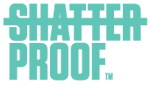By now, your nonprofit team probably knows the importance of social media. One of the biggest social platforms, Facebook, is an especially powerful tool for nonprofits when it comes to engaging existing donors and reaching new ones.
That’s because Facebook has:
- 2 billion global active monthly users
- 1.5 million+ nonprofit pages
- 150 million users connected to (follow/like) a cause
With numbers like that, it’s easy to see why your nonprofit needs to be present on Facebook. But like most marketing efforts, a Facebook presence is easier said than done. But when you start focusing on Facebook, you’ll likely find that it helps you:
- Engage donors frequently
- Quickly test and implement new ideas
- Ask your community what they care about
- Guide other campaigns to align with supporters’ interests
Facebook also offers nonprofits a unique opportunity to rapidly improve their strategy, as well as quickly test campaigns before sharing them on a larger scale. But it all starts with creating a Facebook marketing plan, which is what we’re going to dig deeply into here.
A Facebook marketing plan for your organization
Facebook is a great place to expand your audience, gather feedback in real time and engage followers in conversation. But to truly leverage the power of Facebook, you’ll need to start out with a plan – and that plan starts with deciding who you want to connect with.
1. Know your audience
Understanding your audience enables you to approach Facebook (and your followers) with content that is relevant and that will garner attention.
To do this, you need to know who your audience is and what they like. You can use your existing donor data to determine what content or engagement works best for them, or you can create new audience personas based on the Facebook users you most want to target. To get started, try:
- Researching what your followers are interested in based on their profiles, likes and what they are telling you
- Considering what your followers’ friends and family might be interested in
- Looking at which posts performed well [LD3] for you in the past – and which ones didn’t
These all provide insights into what sort of posts your audience wants to see, and it also shows you what to experiment with. You won’t get it right the first time or every time, but your audience will let you know what they want to see in the form of “likes,” shares and comments.
2. Always be learning
When you first kick start a Facebook marketing plan, it pays to spend time learning which titles get clicks, which images or video are popular in your sector and which new ideas are getting results for other nonprofits. Don’t be afraid to experiment! See if your users prefer:
- Picture posts or linked content
- Videos or text
- Shared content from other organizations or your own content
- Specific case studies/personal stories or general information about your mission
All of this goes back to knowing your audience, but you’ll continue to expand your knowledge of their interests when you pay attention to what they respond to. Also expect changes, as Facebook’s algorithm will not be the same forever.
3. Expand your network
Once you’ve started creating consistent Facebook content, it’s important to expand the number of people who see your posts and (hopefully) engage with them. Start by:
- Connecting with thought leaders and groups that have similar interests
- Sharing other organizations’ or users’ content to engage with them and their followers
- Tagging users/organizations in your posts (when relevant) so their followers see it
This will increase impressions and, when you do it from a genuine place, it will encourage more users to engage with your cause.
4. Create posts, but leave time to be reactive
You need to develop processes that consistently engage your audience’s interests, but your Facebook strategy is not just about pumping out content. It’s also not about vanity metrics like “likes” and followers - when your community is talking about something, you need to act. This means watching what your followers are sharing, what they’re engaging with outside of your page and then creating content to meet that demand.
Being reactive to your Facebook data means being flexible and exploring new opportunities to engage your audience. Make use of:
- Recent news
- Events
- Holidays
- What’s trending (watch the Trending sidebar on Facebook or follow Google Trends)
Better yet, find a marketing calendar that lists out holidays or events in advance so you can plan your content based on what will be trending in the near future. Evergreen content is highly valuable and should not be neglected, but sometimes being timely and showing interest in what is popular can give opportunities to be more relevant to your audience.
5. Ask for interaction
People love to participate in a variety of ways, especially when their input is valuable to a cause or individual. However, social media is a vast expanse and people are more likely to engage if you prompt them to interact with you. Use specific steps and call-outs, as you can’t expect them to find you.
A few easy ways to start asking for interaction include:
- Simply asking people to share your content
From Feathered Hope’s Facebook page
- Creating a theme for a photo
From the R-Word’s Facebook page
- Letting people share a personal story relevant to your cause
From the Asbestos Disease Awareness Organization Facebook page
- Using Facebook contests and challenges with guidelines or specific steps to get involved
From GivingTuesday’s Facebook page
Facebook can be a highly useful tool for donor acquisition and retention, but it comes down to how you engage with your existing and future followers. When it comes to Facebook – and really all social media today – engaging with followers on a personal level is more important than how often you post or how strategically you share. So when you’re developing your Facebook plan, you’ll need to put people first and plan for how you’re going to really connect with them.
In Part 2 of this Facebook Marketing Series, we’ll delve deep into the ways your organization can engage, attract and retain more donors than ever by getting personal on Facebook.
We’d love to hear what strategies have worked for your nonprofit’s Facebook plan. Please share in the comments below.
Interested in a free 30 minute strategy session with one of Causemo's Social Fundraising experts? Get in touch with us here.










